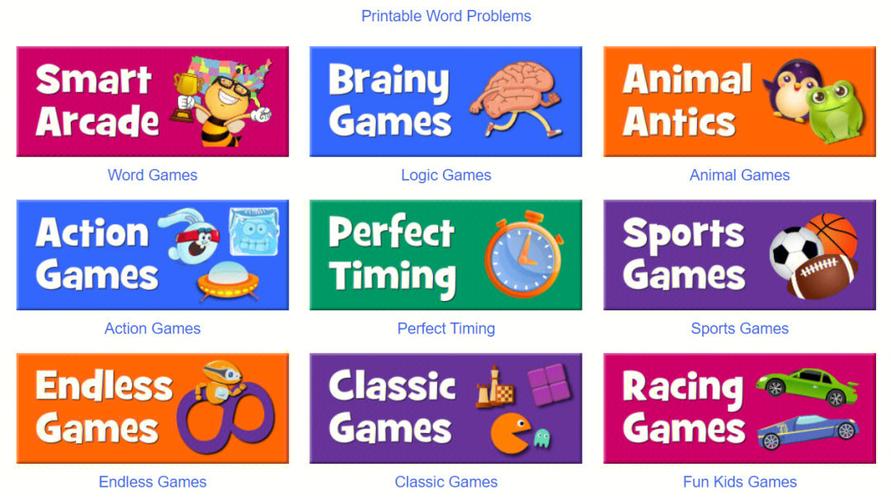Money Games for Kindergarten: A Comprehensive Guide
Introducing money games to kindergarten children can be a fun and educational experience. These games help kids learn the basics of counting, recognizing coins, and understanding the value of money. In this article, we will explore various money games suitable for kindergarten students, their benefits, and how to play them effectively.
Benefits of Money Games for Kindergarten
Playing money games in kindergarten has several advantages. Here are some of the key benefits:
-
Develops mathematical skills: Money games help children learn to count, add, and subtract, which are essential math skills.
-
Enhances recognition of coins: Children learn to identify different coins and their values, which is crucial for understanding money.
-
Teaches financial literacy: Money games introduce children to the concept of saving, spending, and budgeting, fostering a foundation for financial literacy.
-
Encourages decision-making: Children learn to make choices based on their limited resources, promoting critical thinking skills.

-
Boosts confidence: As children become more comfortable with money, their confidence in handling real-life financial situations increases.
Types of Money Games for Kindergarten
There are various money games that can be played in kindergarten. Here are some popular options:
1. Coin Sorting Game
This game helps children learn to recognize and sort different coins. To play, provide children with a variety of coins and a sorting tray. Ask them to sort the coins by denomination, such as pennies, nickels, dimes, and quarters.
2. Counting Coins Game
This game focuses on counting coins and understanding their values. Give children a set of coins and ask them to count them out, then determine the total value. You can also use a piggy bank or a container to collect the coins as they are counted.
3. Shopping Game
In this game, children act as shoppers and learn to use money to buy items. Provide them with a shopping list, a set of coins, and a variety of items with prices. Children must use their coins to purchase the items on their list.
4. Coin Match Game
This game helps children recognize and match coins with their corresponding values. Create a set of cards with coins on one side and their values on the other. Children must find the matching cards to complete the game.
5. Money Math Game
This game combines math skills with money. Provide children with a set of coins and a worksheet with addition and subtraction problems. Children must solve the problems using the coins to find the correct answers.
How to Play Money Games Effectively
Playing money games effectively requires a few key strategies:
-
Use real coins: Real coins provide a tangible and interactive learning experience.
-
Keep it fun: Make sure the games are engaging and enjoyable for children.
-
Provide guidance: Offer assistance and guidance as needed, but encourage children to problem-solve on their own.
-
Use visual aids: Use charts, graphs, and other visual aids to help children understand the concepts.
-
Reinforce learning: Regularly review and practice the concepts learned through the games.
